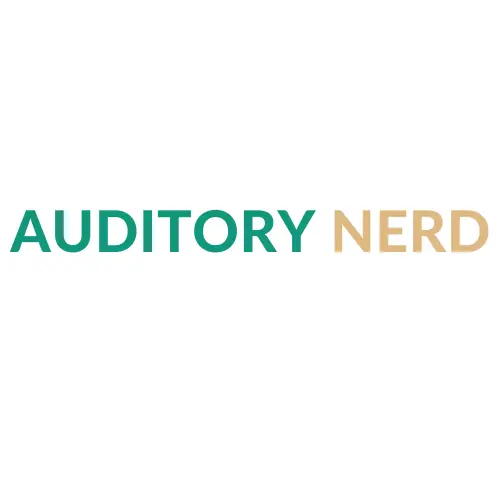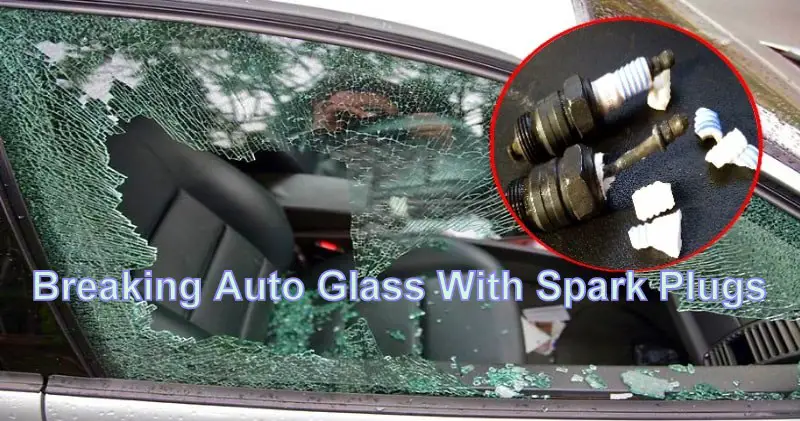Should forklift drivers wear hearing protection?
The reason you are asking “should forklift drivers wear hearing protection” is because you have come across information that you shouldn’t wear ear protection as you need to hear warning signs and pedestrians around you.
Forklifts create a lot of noise that results from warning tones when the forklift is reversing. The warning tones are usually around 90-95 dB. While the tones come about for just a short time, when you spend hours operating the forklift, and you have to reverse every few minutes, the amount of time you are exposed to the noise quickly piles up, putting you at the risk of damaging your hearing.
Wearing the right hearing protection
For you to protect your ears, wear hearing protection as a forklift driver. Don’t wear any hearing protection—wear proper protection. When making the purchase, buy pieces that of the correct classification.

When you are buying the noise protection devices, most of the over-ear ad in-ear protection devices are class 5. This protection is too much for forklift drivers as the devices block too much of the noise. They can even be a safety concern as the drivers can’t hear people and warning signs, increasing the chances of accidents coming about.
For you to get the best from the noise protection devices, you need to buy the right ones. These are class 2 hearing protection. The devices will allow you as a forklift driver to protect your ears and at the same time, hear the warning tones, listen to pedestrians, and your supervisor.
Forklift and Hearing protection tips
According to Worksafe, you shouldn’t solely rely on hearing protection devices to protect your hearing. You also need to do several other things that reduce the amount of noise forklift drivers are exposed to. These things include:
- Forklift drivers shouldn’t listen to music on their headphones when using the forklift
- The forklift should be properly maintained. Ensure that the silencer and anti-vibration mountings are working optimally. The forklift should also be tuned up regularly.
- If there are any loose components on the forklift, they should be fixed so that they don’t add rattles and squeaks to the overall forklift noise.
- If possible, the forklift drivers should alternate shifts. This is to reduce the amount of time each driver is exposed to the noise.
Hearing protection training
It’s not enough to provide hearing protection to the forklift drivers. You also need to train them on proper hearing protection use. Studies done by noise testing show that while many forklift drivers will have the right class of hearing protection devices, they end up wearing them the wrong way, which is as good as not wearing them in the first place.
Whether using foam plugs, reusable earplugs, earmuffs, or banded hearing plugs, ensure that they are worn properly. They should be comfortable and effective.
This calls for you to have the devices thoroughly tested before making the purchase. Many people prefer foam earplugs, as they are readily available and affordable. While they are cheap, when worn correctly, they provide a very effective barrier against noise.
To insert foam plugs, ensure your hands are clean. Roll and compress the earplug into a narrow cylinder, then holding the plug with one hand, use the other hand to pull back your ears, and straighten the ear canal.
Insert the earplug well into the ear and hold it there for a few seconds so that it expands, filling up the ear. A properly inserted earplug shouldn’t be visible when directly looking at a person.
If you are a company owner, in addition to teaching the forklift drivers how to use the hearing protectors properly, you also should teach hand signals to every person getting into contact with the drivers. This is to ensure that everyone can communicate with the drivers even when they are wearing hearing protection.


